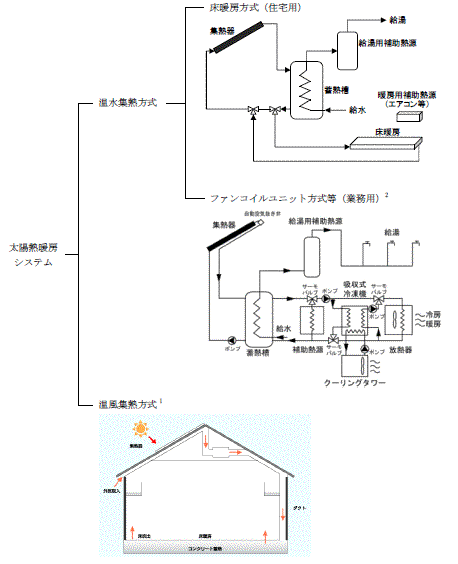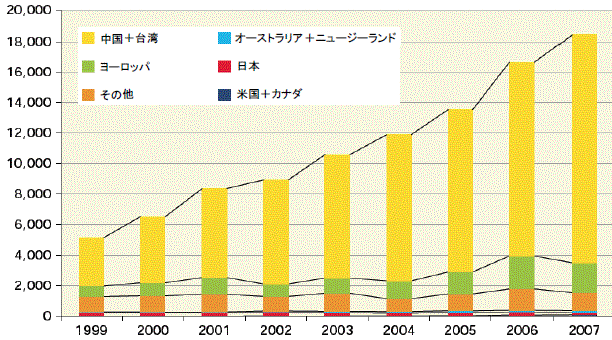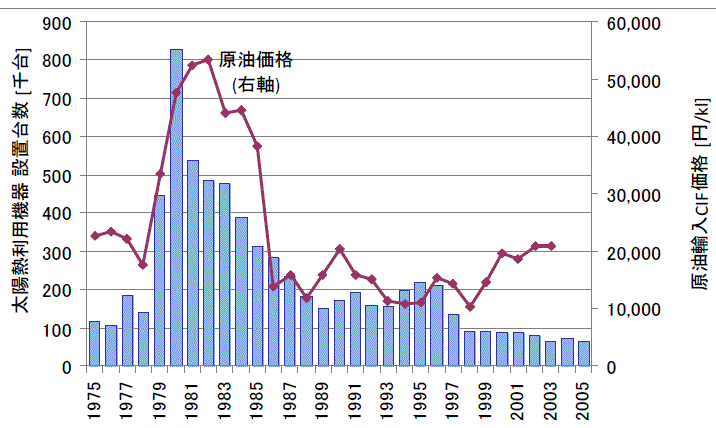/Image1789.gif) 図15.世界の集光型太陽熱発電設備容量、国別、地域別(2004年~2013年) 出典:本章の巻末注1を参照。 |
/Image1790.gif) 図16.世界の太陽熱利用システム設備容量 上位10か国の割合(2012年) 出典:本章の巻末注4を参照。 |
/Image1791.gif) 図17.太陽熱利用システム追加容量 上位10か国(2012年) 出典:本章の巻末注55を参照。 |
/Image1792.gif) 図18.世界の太陽熱利用システム設備容量(2000年~2013年) 出典:本章の巻末注7を参照。 |
| ISEPによる『自然エネルギー世界白書 2014』から | |
|
ISEPによる『自然エネルギー白書 2014』から |
/Image1773.gif)
/Image1208.gif)
/Image1486.gif)
/Image1488.gif)
/Image1487.gif)
/Image1489.gif)
/Image1490.gif)
/Image1491.gif)
/Image1484.gif)
/Image2009.gif)
/Image2010.gif)
/Image2011.gif)
/Image1467.gif)
/Image1468.gif)
/Image1469.gif)
/Image1470.gif)
/Image1485.gif)
/Image1259.gif)
/Image1260.gif)
/Image1258.gif)
/Image1261.gif)
/Image1253.gif)
/Image1254.gif)
/Image1255.gif)
/Image1256.gif)
/Image761.gif)
/Image1492.gif)
/Image1493.gif)
/Image1494.gif)
/Image1495.gif)
/Image1481.gif)
/Image1482.gif)



/Image1247.gif)
/Image1248.gif)